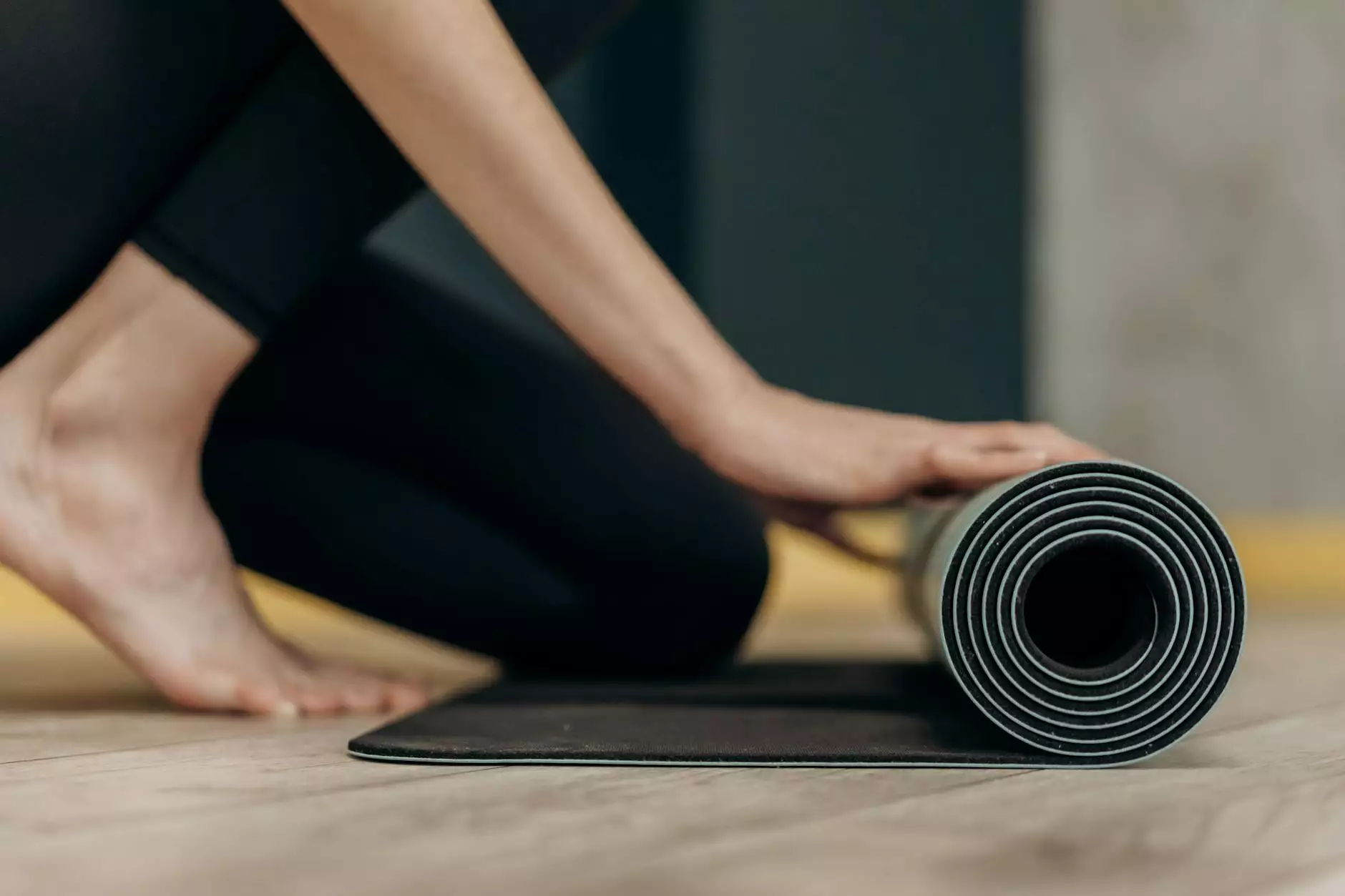Autism Fitness @ Home Exercise #1: Bear Crawls

Introduction
Welcome to Body Fusion, where we focus on helping individuals with autism achieve their fitness goals from the comfort of their own homes. In this blog post, we will discuss one of the most effective exercises for individuals on the autism spectrum – bear crawls. Learn how bear crawls can improve strength, coordination, and overall motor skills.
The Benefits of Bear Crawls
Bear crawls are a low-impact exercise that can yield numerous benefits for individuals with autism. By engaging different muscle groups simultaneously, bear crawls promote overall body strength and stability. This exercise specifically targets the core, shoulders, arms, and legs.
1. Enhances Motor Skills
Bear crawls require coordination between the upper and lower body, stimulating the neural connections responsible for motor skills development. This exercise can help improve bilateral coordination, body awareness, and balance.
2. Strengthens Core Muscles
A strong core is essential for overall physical stability and coordination. Bear crawls engage the abdominal muscles, lower back, and glutes, effectively strengthening the core while promoting proper posture.
3. Develops Upper Body Strength
During bear crawls, the shoulders, arms, and chest muscles are actively engaged. This exercise helps build upper body strength, which is essential for various daily activities and fine motor skills development.
4. Enhances Balance and Stability
Bear crawls require maintaining balance while moving, as weight is distributed between both upper and lower limbs. By practicing bear crawls regularly, individuals with autism can enhance their overall balance and stability.
Implementing Bear Crawls
Here are step-by-step instructions on how to perform bear crawls correctly:
- Start in a tabletop position with your hands directly under your shoulders and knees under your hips.
- Lift your knees a few inches off the ground, keeping them slightly bent.
- Move your opposite arm and leg forward simultaneously, taking small steps.
- Ensure your core is engaged throughout the movement, maintaining a stable and controlled posture.
- Continue crawling forward for a designated distance or time, focusing on maintaining proper form.
- Rest and repeat the exercise for a desired number of sets.
Tips for Effective Bear Crawls
Consider the following tips to optimize your bear crawl exercise routine:
- Start with shorter distances or durations, gradually increasing as strength and endurance improve.
- Ensure a supportive and safe exercise environment, free from obstacles or hazards that may hinder movement.
- Pay attention to proper breathing techniques, inhaling and exhaling deeply during each crawl.
- Practice bear crawls on various surfaces to challenge balance and coordination further.
- Consider incorporating bear crawls into a comprehensive fitness program, combining them with other exercises for a well-rounded routine.
The Value of Regular Exercise
Regular physical activity is crucial for individuals with autism. Exercise not only promotes physical health, but it can also have a positive impact on mental well-being. By incorporating bear crawls and other exercises into daily routines, individuals with autism can experience improved focus, reduced anxiety, and increased self-confidence.
Conclusion
Bear crawls offer a multitude of benefits for individuals with autism, ranging from improved motor skills and core strength to enhanced balance and stability. By following the correct technique and incorporating bear crawls into regular exercise routines, individuals with autism can experience significant physical and mental improvements. Explore the wide range of exercises and expertise provided by Body Fusion to create a customized fitness plan that best suits your needs and goals.



